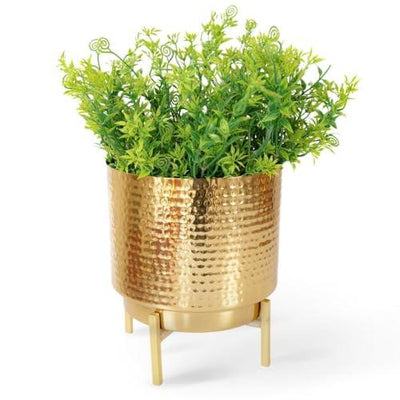The Ultimate Guide to Watering Your Rubber Plant
Welcome to our ultimate guide on watering your rubber plant! If you're a plant parent looking to keep your rubber plant healthy and vibrant, you've come to the right place. In this comprehensive guide, we'll walk you through everything you need to know about watering your rubber plant, including frequency, techniques, and expert tips for success.

Understanding Your Rubber Plant's Watering Needs
Before we delve into the specifics of watering, it's essential to understand your rubber plant's watering needs. Rubber plants (Ficus elastica) are native to tropical regions and thrive in environments with consistent moisture. However, they're also susceptible to overwatering, which can lead to root rot and other issues.
Frequency of Watering
One of the most common questions plant owners have is, "How often should I water my rubber plant?" The frequency of watering depends on various factors, including the plant's size, environment, and season. In general, it's best to allow the top inch or two of soil to dry out between waterings.
During the growing season (typically spring and summer), when your rubber plant is actively growing, you'll likely need to water more frequently. Aim to water your plant when the soil feels slightly dry to the touch, but be careful not to let it dry out completely.
In contrast, during the dormant season (fall and winter), when growth slows down, you'll need to adjust your watering frequency accordingly. Allow the soil to dry out a bit more between waterings to prevent overwatering.
Techniques for Watering
When it comes to watering your rubber plant, the technique you use is just as important as the frequency. Here are some tips for watering your rubber plant effectively:
-
Water at the Base: When watering your rubber plant, aim to water directly at the base of the plant, near the soil. Avoid getting water on the leaves, as this can lead to fungal issues.
-
Use Room Temperature Water: Avoid using cold water directly from the tap, as it can shock your plant's roots. Instead, allow the water to come to room temperature before watering.
-
Ensure Proper Drainage: Make sure your rubber plant is potted in a container with drainage holes to allow excess water to escape. This helps prevent water from pooling at the bottom of the pot, which can lead to root rot.
-
Monitor Moisture Levels: Regularly check the moisture level of the soil to determine when it's time to water. You can use a moisture meter or simply stick your finger into the soil to gauge its dryness.
Expert Tips for Thriving Rubber Plants
To ensure your rubber plant thrives, here are some additional expert tips to keep in mind:
-
Provide Adequate Humidity: Rubber plants prefer humid environments, so consider placing a humidifier near your plant or misting its leaves regularly to increase humidity.
-
Avoid Overwatering: Overwatering is one of the most common issues with rubber plants. Always err on the side of underwatering rather than overwatering, as it's easier to correct.
-
Observe Your Plant: Pay attention to your rubber plant's leaves for signs of underwatering or overwatering. Drooping or yellowing leaves can indicate a watering issue that needs to be addressed.
-
Adjust for Environmental Factors: Factors such as temperature, humidity, and sunlight levels can affect your plant's watering needs. Be prepared to adjust your watering schedule accordingly based on these factors.
By following these guidelines and incorporating expert tips into your watering routine, you can ensure that your rubber plant remains healthy and thriving for years to come. For more information on caring for indoor plants, be sure to explore our other helpful guides and resources. Happy watering!

















Leave a comment